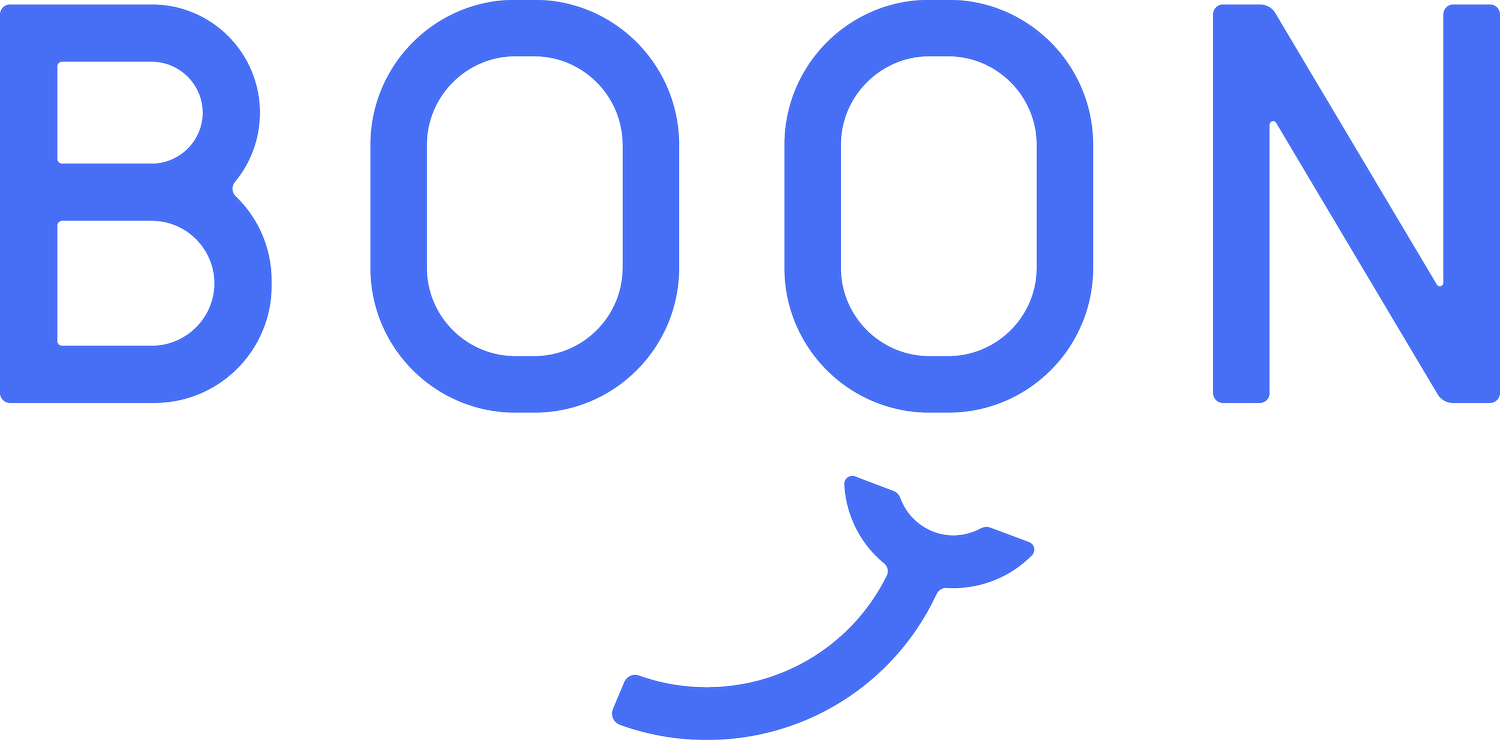The Relationship Between Work Life Balance and Employee Retention
Is there a relationship between work life balance and employee retention? For many Americans, particularly younger ones, that answer has been a resounding yes.
The COVID-19 pandemic brought two staggering revelations to our workforce: that teams can often work remotely, and people have reconsidered just what matters most to them about their jobs. For the majority of workers who quit voluntarily during 2021, their paycheck still comes first. But new data is showing just how important work life balance is in the context of the current labor market.
How does work life balance equate to a loss of employee retention? In this blog, we go over the hard statistics, what employees want out of a job, and how you can keep your employees happy while hitting your bottom line.
Is Work Life Balance Leading to a Loss in Employee Retention?
Why are employees quitting during the great resignation? According to a survey conducted by the Pew Research Center, salary and opportunity for advancement remain critical reasons for the shift. But these aren’t the only motivating factors. 57% of employees cited quitting a job in 2021 due to feeling disrespected, along with being unable to care for their children, a lack of flexibility, and simply feeling burnt out.
Money and opportunity may still drive employee retention, but work life balance remains crucial to the decision to leave. This is most common among adults younger than 30 with lower incomes, of which a staggering 37% voluntarily left their job.
Given the current data, work life balance alone is not the sole cause of lost employee retention during the Great Resignation. Yet added up across the main reasons people quit their jobs, and it becomes evident that employers who fail to recognize the boundaries between working and living among their employees have seen stark turnover.
Committing to Employee Mental Health
At the heart of the conversation around the work life balance is the issue of mental well-being. Employees may be good at their jobs, and they may even love their work, but without the proper balance of time between work and life, they can grow stressed, anxious, and as a result, may look for new work.
While employers may be pushing their employees to untenable levels of work, it can also fall just as much on the employees themselves. Do they know where their limitations and boundaries lie, and if so, do they know how to effectively communicate this to the appropriate channels? Employers can empower their teams to gain control over their workload by drawing attention to questions like this.
One of the ironies of working from home is that the delineation between work and life has become exceedingly more confusing. Without the barrier of leaving the office, many have found themselves plunging into their work and burning out quickly.
In an article published by Forbes, Nancy Collamer addresses the increased stress that employees felt during the pandemic with three steps for improving their work life balance:
Defining work/life priorities – The most important things to employees change over time. What matters to an employee the most now?
Focus on what can be controlled – The impulse to respond to messages after work hours can cause unnecessary overlap between home and work life. Are employees working habits sustainable?
Exploring what can be changed now before changing careers – More and more, we are seeing that people eager to switch jobs are coming to regret their decision. Do employees feel like they can challenge the things they don’t like, or are they more prone to jump ship?
Observations like this can help your employees navigate issues that they have in the workplace. But how do you broach these topics?
Threading the Needle Between Work Life Balance and Employee Retention With Boon Health
By centering mental well-being at the heart of your workplace, you can help your employees discover a better work life balance. Focusing on these issues through our personalized coaching program, we have seen a direct correlation between our services, mental wellness, and employee retention.
Our clients have seen a 50% decrease in employee turnover. In a survey we conducted, 86% of Boon users indicated that they had equal or increased their ability to balance their work and life, indicating an improvement of 25%. But our priority lies in helping your employees become more resilient in the workplace. There’s no one-size-fits-all approach to our coaching: each employee takes a quiz that identifies areas that they might be interested in discussing, and explore the subject to benefit their overall wellness.
Ready to learn more? Contact us today for more information about our services.

